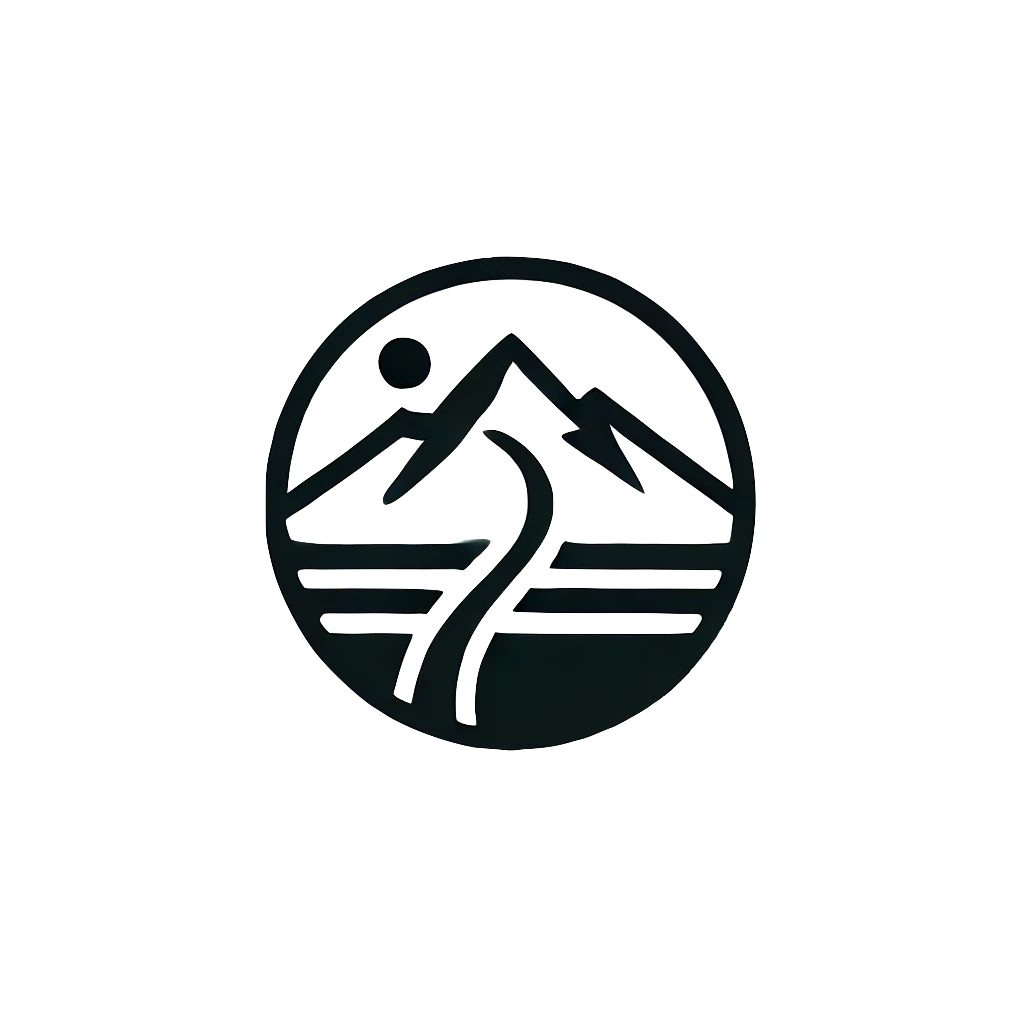Hybrid Training Philosophy: Embracing Health and Balance Over Trends.
The beginning of this project brought a rush of excitement—a genuine “hype” moment. It felt like I was finally consolidating years of accumulated knowledge. But as the process unfolded, I realized I was veering into territory that looked suspiciously like the countless websites already saturating the fitness landscape. Sites stuffed with recycled takes on hybrid training, designed either to game SEO algorithms or push products, offered little in the way of original or meaningful insight.
Hybrid training philosophy, a buzzword in fitness circles, has become the poster child for versatility. Whether it’s strength, endurance, nutrition, or recovery—these sites serve up polished summaries that often lack depth or reflection. Many pieces echo the same sentiments: hybrid training is amazing for everyone—whether you’re 20 or 40—just tweak the plan, get more sleep, and maybe check your testosterone levels. Yet, for all the noise online, where are the muscular, agile 40-year-olds in real life?
What I see instead are tired men, bodies worn down by sedentary lifestyles and the grind of modern responsibilities. They shuffle through their days with just enough energy to survive, their training aspirations sidelined by exhaustion from work, commutes, and the demands of family life. These men aren’t taking stairs two at a time or crushing hybrid routines. They’re simply trying to make it through the day.
The Trend Cycle: From CrossFit to Hybrid Training Philosophy
Fitness trends follow predictable cycles. We’ve moved from running to triathlons, CrossFit to MMA, and now to ultra-endurance events and hybrid training. Somewhere in this shuffle, strength training has become a forgotten cousin, relegated to a functional afterthought—useful only when runners plateau or develop postural imbalances. It’s common to see 80% of participants in mass events like marathons or triathlons showing clear signs of inadequate strength: poor posture, weak cores, and flawed mechanics.
And what’s the solution? A rushed strength session crammed into 30 minutes, often without proper warm-ups or attention to form. The result? A box checked, but no real progress made. Worse, the myths persist: building muscle will slow you down, demand too much oxygen, or destroy mobility. Terms like “interference effect” and “training unit cannibalization” are thrown around to reinforce the idea that strength and endurance don’t mix.
Breaking Away From the Noise
I’m not writing this to cater to a mass audience or sell anything. This project is deeply personal—a way to distill my experiences, evaluate successes and failures, and adjust my approach. Yes, buzzwords like “expectations” and “discipline” might make pop psychology shudder, but the reality is, by 40, these concepts become part of your lexicon. You invest time and money into your goals, and you have every right to expect results. The key lies in managing those expectations—bridging the gap between aspiration and reality through experience and understanding.
Mass-market plans won’t cut it. Templates from the internet might inspire, but they’re not tailored for individual lives or limitations. Worse, the fitness industry thrives on perpetuating feelings of inadequacy. If someone else loses 40 kg on a plan and you don’t, the blame falls squarely on you. Never mind the systemic factors or unrealistic promises.
Hybrid Training: Not Everything, All at Once
For meaningful results, you need discipline, patience, and focus. Hybrid training isn’t about doing everything at once—endurance, strength, mobility, keto, supplements, yoga, and CrossFit. It’s about carefully aligning two primary goals and letting everything else support them. Attempting to mimic someone whose full-time job is looking good is a recipe for failure and burnout. I’ve learned this the hard way. Piling on every strategy doesn’t yield results—it brings consequences.
The key question is: how do you balance complexity? How do you navigate nutrition, exercise programming, recovery, and progress monitoring? The answer lies in individual, conscious choices grounded in realistic self-assessment. Accepting limitations is the first step toward optimizing your potential. The Instagram world may never materialize in your life, but understanding your boundaries is essential for sustained progress. It’s not about mimicking perfection—it’s about thriving within your reality.
Defining True Health
Health is the cornerstone of long-term progress. For me, it’s not just physical fitness but a holistic blend of mental, physical, and social well-being. As the WHO defines it, health isn’t just the absence of illness but the presence of complete well-being. For a 40-year-old man, this means maintaining strength for daily tasks, resilience for challenges, and the relationships that give life meaning.
Shifting Focus: Life Over Lifestyle
Modern life pressures us to live as though we have multiple lifetimes to achieve it all. Social media shows us ultra-fit parents, marathon CEOs, and flawless meal-preppers, all with polished highlight reels. But life isn’t infinite. It’s a finite resource that demands thoughtful allocation. Reassessing values and redefining priorities is crucial.
This project is my attempt to find balance, to step away from the endless loop of comparison, and to refocus on what truly matters: being the best version of myself for as long as possible.
Conclusion: Try One More Time
I’m not here to write another listicle or sell yet another prepackaged solution. Instead, this is about examining my mistakes, refining my approach, and sharing what works and what doesn’t. The guiding principle for this journey is simple yet profound: “Try one more time.”
Not by brute-forcing the same approach but by creating a dynamic, long-term framework that evaluates each element for its relevance and contribution. Progress isn’t about doing more; it’s about doing better. Each step will focus on stripping away the unnecessary, emphasizing synergy, and building a sustainable foundation.


